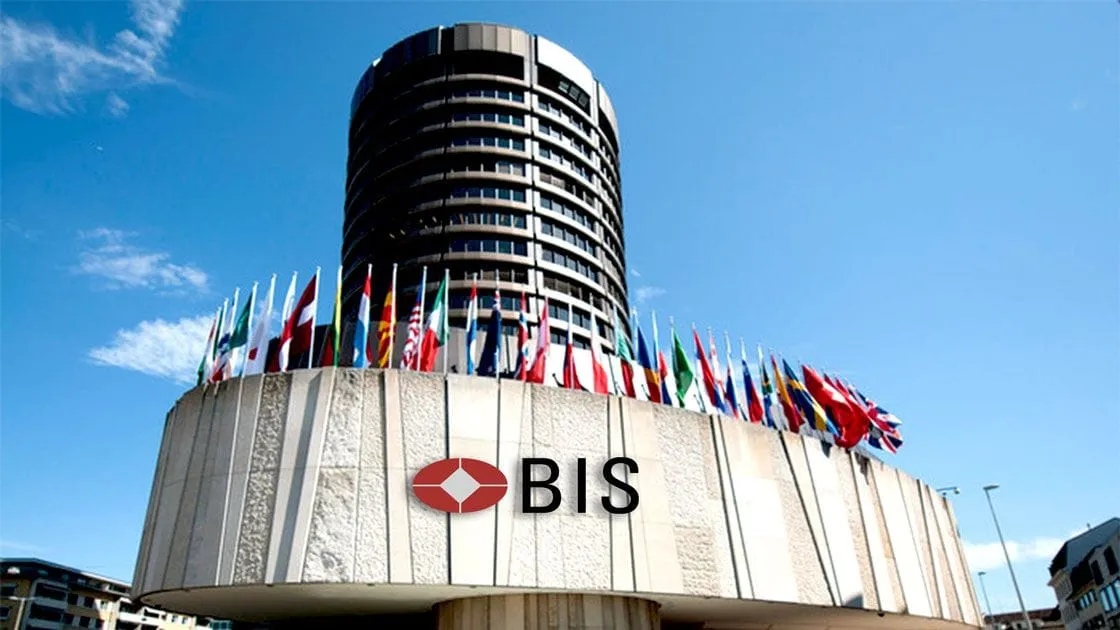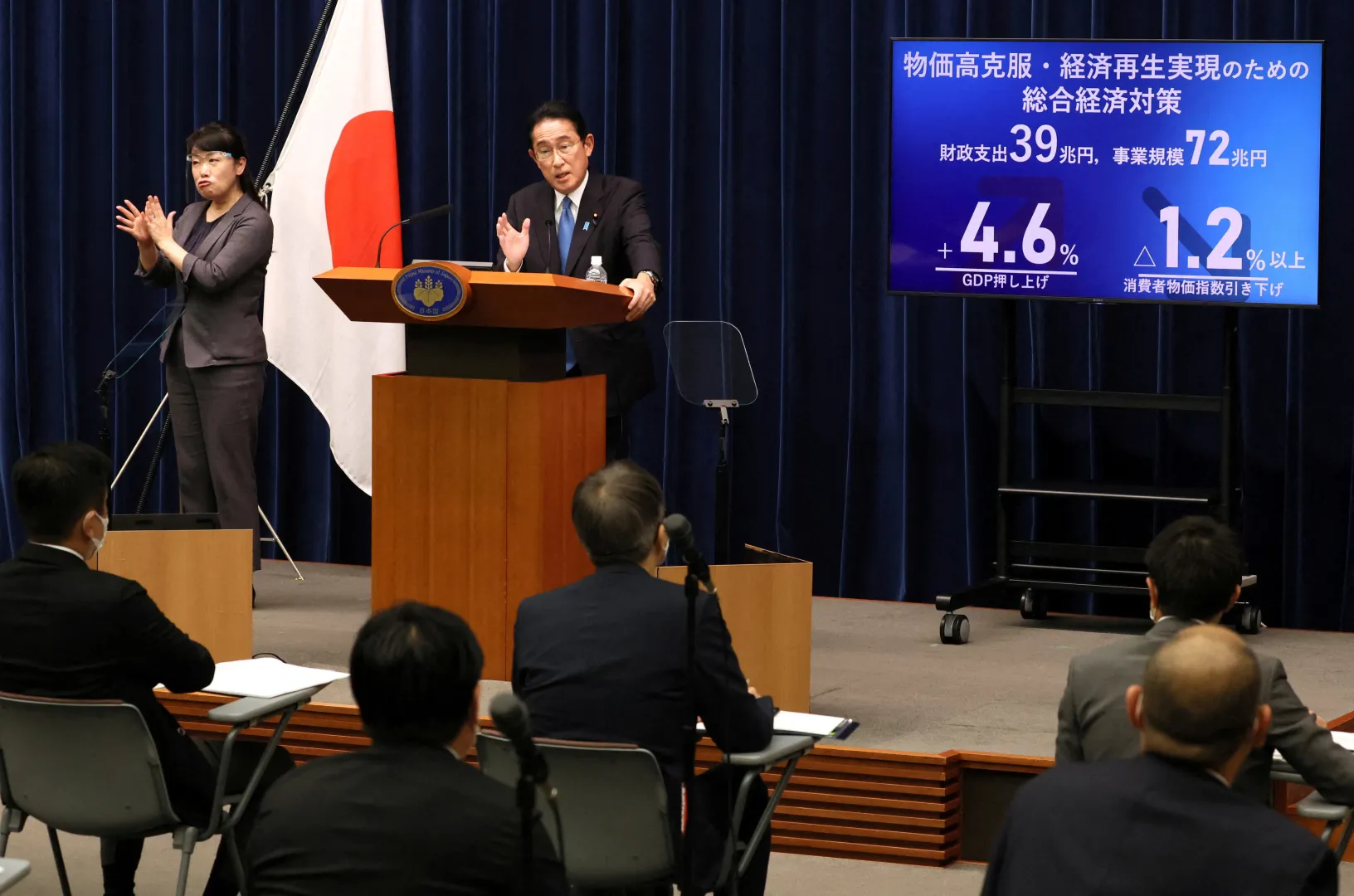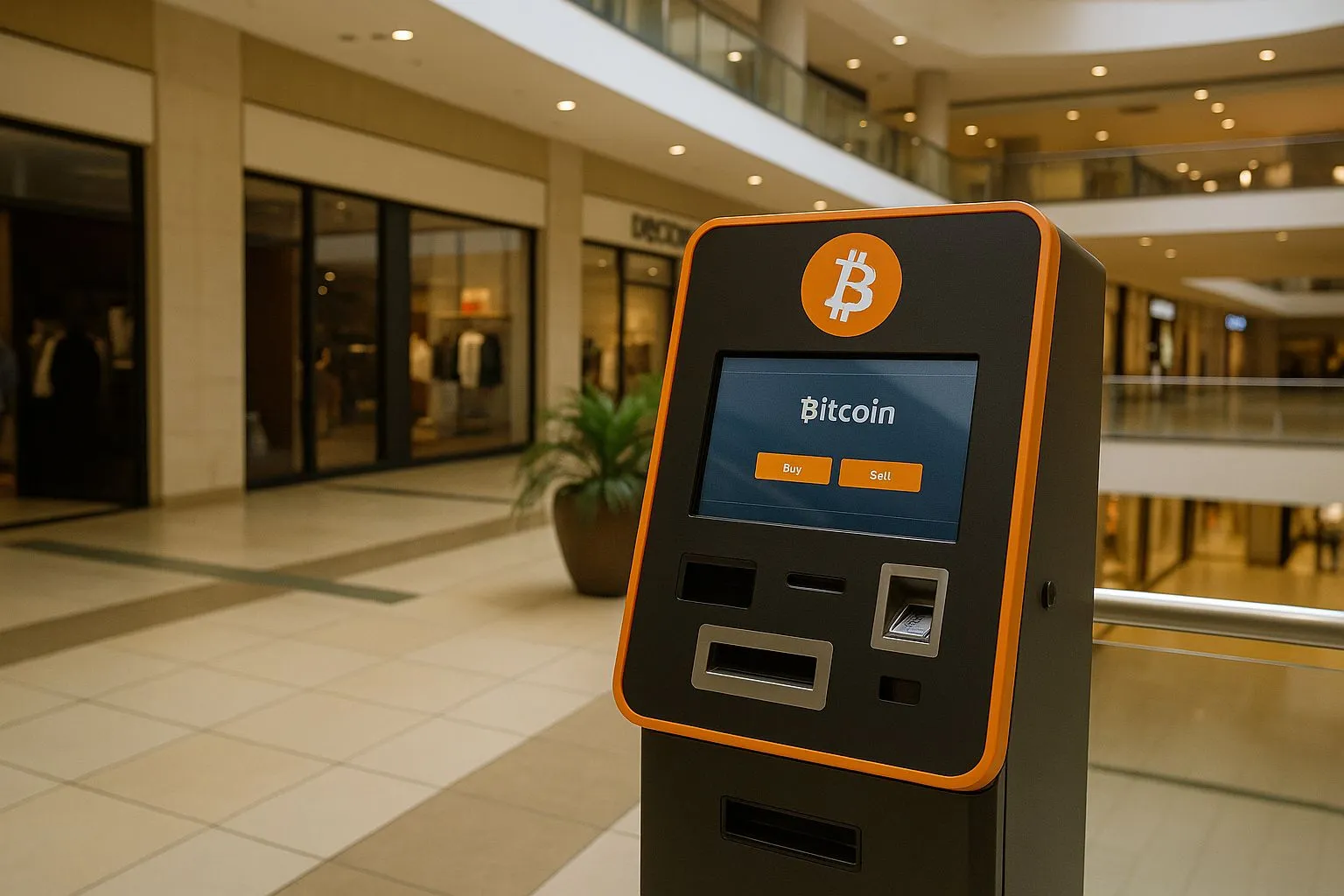In a significant pronouncement that reverberates through the burgeoning digital asset landscape, the Bank for International Settlements (BIS), often referred to as the “central bank for central banks,” has issued a stark warning against stablecoins. In its highly anticipated 2025 annual economic report, the venerable institution paints a decidedly unflattering picture of these digital tokens, traditionally viewed as a crucial bridge between the volatile world of cryptocurrencies and the stability of fiat currencies. This critique casts a pall over a sector that major economies, including the European Union and the United States, have been betting on as a key component of future finance.
The BIS’s condemnation is unequivocal: stablecoins, despite their perceived advantages, are deemed to fall short on three fundamental criteria essential for a reliable monetary system: “singleness,” “elasticity,” and “integrity.” These shortcomings, the report argues, render them not only ineffective as true money but also potentially dangerous for global financial stability. Unlike money issued by central banks, which is universally accepted “at par” (at face value) and without friction, stablecoins are predominantly issued by private entities. This inherent characteristic, according to the BIS, creates disparities in usage and trust, leading to an illusory stability that could unravel under stress.
This strong stance from the BIS, a global financial institution that fosters international monetary and financial cooperation, signals a clear intent to guide the evolution of digital finance towards more regulated and centralized models. Its influence stems from its role as a forum for central bankers and financial regulators worldwide, making its pronouncements a significant indicator of future regulatory trends and policy direction.
The Global Watchdog: Understanding the BIS’s Authority
The Bank for International Settlements (BIS) was established in Basel, Switzerland, in 1930, initially to handle German reparation payments after World War I. Over time, its mandate evolved, and it became a crucial forum for central banks and financial supervisory authorities globally. Today, the BIS serves as a hub for international cooperation on monetary and financial stability, conducting research, providing banking services to central banks, and acting as a facilitator for global financial policy discussions. Its influence comes from its ability to convene policymakers, shape international banking standards (like Basel Accords), and provide a platform for collective decision-making on issues affecting the global financial system. When the BIS speaks, central banks around the world listen, as its views often reflect a consensus among leading financial authorities.
Stablecoins: The Promise and The Peril, According to Basel
Stablecoins are a class of cryptocurrencies designed to minimize price volatility, typically by pegging their value to a stable asset like a fiat currency (e.g., the US Dollar), a commodity (like gold), or a basket of assets. They come in various forms:
- Fiat-backed stablecoins (like Tether (USDT) and USD Coin (USDC)) hold an equivalent reserve of fiat currency or highly liquid assets.
- Commodity-backed stablecoins (like Paxos Gold (PAXG)) are backed by physical commodities.
- Crypto-collateralized stablecoins (like Dai (DAI)) are over-collateralized by other cryptocurrencies.
- Algorithmic stablecoins (like the infamous TerraUSD (UST)) rely on complex algorithms and arbitrage mechanisms to maintain their peg, without direct collateral.
While often seen as a critical innovation, offering benefits like low transaction costs, cross-border accessibility, and rapid settlement speeds, the BIS asserts that stablecoins fundamentally “fail on three essential points: ‘singleness,’ ‘elasticity,’ and ‘integrity’.” These three criteria, according to the BIS, define a reliable currency in a modern economy. The report does not mince words, describing stablecoins as “digital bearer instruments,” closer to a financial asset or a claim than to actual money that should serve as a cornerstone of the monetary system.
The Illusion of “Singleness”: Fragmentation and Volatility
The principle of “singleness” dictates that a currency should be universally accepted at a stable value, without question or friction, across an economy. This means that one unit of currency should always be worth exactly one unit, regardless of who holds it or where it is transacted. The BIS argues that stablecoins fall short here because they are “issued by private entities.”
Unlike traditional fiat money, which derives its singleness from being issued by a central bank and guaranteed by the state, privately issued stablecoins introduce fragmentation. Different stablecoin issuers exist, each with their own reserve management practices, regulatory oversight (or lack thereof), and operational risks. This creates a scenario where the promised universality collapses. The BIS notes that “some stablecoins even trade with value gaps,” meaning they can deviate from their intended peg.
The most dramatic example of this vulnerability was the collapse of TerraUSD (UST) in May 2022. As an algorithmic stablecoin, UST’s peg was maintained by a complex arbitrage mechanism involving its sister token, Luna. When market conditions turned unfavorable, this mechanism failed catastrophically, leading to a “death spiral” where both UST and Luna lost virtually all their value. This event, which wiped out an estimated $50 billion in market capitalization and triggered broader contagion across the crypto ecosystem, starkly illustrated the risks associated with stablecoins that lack robust, transparent, and liquid reserves. Even major, fiat-backed stablecoins have experienced brief “de-pegging” events, such as USDC dropping to $0.74 on Binance in March 2023 due to banking sector stress. While such events can be short-lived, they undermine the very notion of “stability” that stablecoins promise.
The Limits of “Elasticity”: A Rigid Supply in Dynamic Markets
The second critical criterion for a reliable currency is “elasticity,” which refers to a central bank’s ability to adjust the money supply as needed to absorb economic shocks, meet large-value payment demands, and provide liquidity to the financial system during times of crisis. This flexibility is a cornerstone of modern central banking, enabling monetary authorities to respond swiftly to changing economic conditions.
The BIS points out that stablecoins inherently lack this elasticity because “any additional supply of stablecoins thus requires full upfront payment by its holders.” This creates a “strict cash-in-advance setup” that stands in stark contrast to the dynamic liquidity provisions of traditional banking systems. In moments of heightened demand for liquidity or during a financial crisis, central banks can inject money into the system to prevent gridlock. Stablecoins, however, are fundamentally constrained by their collateral. If there isn’t sufficient underlying collateral (e.g., fiat currency or liquid assets) already secured by the issuer, new stablecoins cannot be minted. This rigidity makes them unsuitable for functioning as the primary means of payment for large-value transactions or for providing systemic liquidity in a crisis. The report emphasizes that for large-value payments, this elasticity is “absolutely key.”
Compromised “Integrity”: A Gateway for Illicit Finance
Perhaps the most damning failure, according to the BIS, lies in the area of “integrity.” A sound monetary system must be robust against financial crime and maintain the overall integrity of financial flows. The BIS report claims that “stablecoins have significant shortcomings when it comes to promoting the integrity of the monetary system,” primarily due to their design, especially when transacted via unhosted wallets on public blockchains.
The concerns revolve around the lack of clear Know Your Customer (KYC) and Anti-Money Laundering (AML) standards across the entire stablecoin ecosystem. The anonymity and borderless nature of many cryptocurrency transactions can make them attractive conduits for illicit activities. The BIS’s “blacklist” of potential abuses is long and serious: money laundering, terrorist financing, sanctions evasion, and other criminal enterprises. While some major stablecoin issuers are striving for greater compliance and transparency, the fragmented and often decentralized nature of the broader crypto market makes comprehensive oversight challenging. The report suggests that stablecoins have become “the go-to choice for illicit use to bypass integrity safeguards,” posing a direct threat to the global fight against financial crime.
A Ghost from the Past: Lessons from 19th-Century Private Banking
A particularly chilling passage in the BIS report draws a historical parallel that sends shivers down the spine of financial historians: “stablecoins resemble the private banknotes of 19th-century United States.” This comparison is not mere rhetoric; it evokes a period of significant monetary instability and systemic risk.
In the 19th century United States, before the establishment of a centralized monetary system, hundreds of private banks issued their own banknotes. These notes were redeemable in gold or silver, but their value and acceptance varied significantly depending on the reputation and solvency of the issuing bank. This fragmented system led to a myriad of problems:
- Instability and Fraud: The lack of uniform standards and oversight made the system vulnerable to fraud and counterfeiting. Banknotes from weaker or less reputable banks would often trade at a discount, sometimes becoming worthless if a bank failed.
- Bank Panics: Rumors of a bank’s insolvency could trigger widespread “runs,” where depositors rushed to redeem their banknotes, often leading to the collapse of even otherwise solvent institutions due to liquidity shortages. This created a ripple effect, causing broader financial panics.
- Lack of Universality: Traveling across states or even within the same state meant dealing with a bewildering array of different banknotes, each with varying degrees of acceptance and value. This inefficiency hampered commerce and economic growth.
The problems of this era ultimately led to reforms, notably the National Banking Act of 1863 and a subsequent 10% tax on privately issued banknotes, which effectively phased them out. This paved the way for a more unified national currency system, underpinned by federal control. The BIS’s invocation of this history serves as a potent warning: allowing privately issued digital currencies to proliferate without robust, centralized regulation risks a dangerous step backward into a chaotic monetary past, where trust is fragile and systemic risks abound.
The BIS’s Vision: Embracing Tokenization for a Regulated Future
Despite its firm stance on stablecoins, the BIS is not inherently anti-innovation. On the contrary, it strongly advocates for “tokenization” as a “transformative innovation to improve the old and enable the new.” The key distinction lies in what is being tokenized and how it is integrated into the existing financial system.
Tokenized Deposits: Innovation Within the Fold
The BIS explicitly praises the concept of tokenized deposits. These are essentially digitized representations of commercial bank deposits on a blockchain. Unlike stablecoins, which are often privately issued and exist outside the traditional banking system, tokenized deposits would remain within the regulated framework of commercial banks. This means they would inherit all the existing protections and regulations that apply to traditional bank deposits, including deposit insurance, robust KYC/AML checks, and central bank oversight.
The BIS envisions a future where tokenized platforms, potentially leveraging technologies like distributed ledger technology (DLT), could include central bank reserves, commercial bank money (in the form of tokenized deposits), and even government bonds. This “unified ledger” concept aims to streamline financial processes, improve efficiency in cross-border payments and securities markets, and enable new forms of financial services, all while maintaining the integrity and stability of the monetary system. It’s about taking the benefits of blockchain technology and applying them within a familiar, regulated structure, rather than creating entirely new, potentially risky, forms of money.
The Rise of Central Bank Digital Currencies (CBDCs)
Closely aligned with the BIS’s vision for a regulated digital future is the concept of Central Bank Digital Currencies (CBDCs). These are digital forms of a country’s fiat currency, issued and backed by the central bank. Unlike cryptocurrencies or stablecoins, a CBDC would represent a direct liability of the central bank, carrying the full faith and credit of the state.
Global interest in CBDCs is robust, with the latest BIS survey indicating that 94% of central banks are actively exploring them. The BIS predicts that up to 15 CBDCs could be issued by 2030, with a notable uptick in experiments and pilots for wholesale CBDCs (wCBDCs) – digital money used for interbank settlement. Retail CBDCs (rCBDCs), designed for public use, are also under active consideration by many central banks, including the European Central Bank (ECB) with its digital euro project which moved into a preparation phase in November 2023, with actual development and rollout potentially starting in November 2025. China’s e-CNY has already been circulating in pilot form for several years.
CBDCs, from the BIS perspective, offer the “singleness,” “elasticity,” and “integrity” that stablecoins lack. They would ensure monetary sovereignty, allow central banks to manage liquidity effectively, and enable robust AML/KYC controls by design. They are seen as a way to harness the efficiency of digital payments while preserving the stability and trust inherent in sovereign money.
The Counter-Narrative: Why Stablecoins Persist and Thrive
Despite the BIS’s warnings, the stablecoin market continues to grow, particularly in regions where access to the US dollar is restricted or where traditional financial services are inefficient. Their inherent advantages have cemented their utility for millions of users globally.
Unlocking Efficiency: Speed, Cost, and Accessibility
Stablecoins offer several practical benefits that drive their adoption:
- Low Cost: Transaction fees for stablecoins, especially on efficient blockchains, can be significantly lower than traditional cross-border payments.
- Cross-Border Accessibility: They facilitate fast and frictionless international transfers, bypassing often slow and expensive correspondent banking networks. This is particularly appealing in emerging markets where traditional remittance channels can be cumbersome.
- Settlement Speed: Transactions can settle in minutes, or even seconds, compared to days for traditional bank transfers.
- Ease of Access to Digital Assets: For cryptocurrency traders, stablecoins provide a safe haven from crypto volatility, allowing them to move in and out of riskier assets without converting back to fiat currency through traditional banking channels.
A Pillar of Decentralized Finance (DeFi)
Stablecoins are not just a bridge between crypto and fiat; they are the bedrock of the Decentralized Finance (DeFi) ecosystem. DeFi refers to financial services built on blockchain technology, operating without traditional intermediaries like banks. Stablecoins are crucial facilitators for:
- Trading: They serve as the primary trading pair for a vast array of cryptocurrencies on decentralized exchanges.
- Lending and Borrowing: Users can lend stablecoins to earn yield or borrow them to leverage their positions, all through smart contracts.
- Liquidity Provision: Stablecoins are essential for providing liquidity to various DeFi protocols, enabling smoother trading and lending operations.
The given data point that 70% of the DeFi market is backed by stablecoins underscores their indispensable role in this innovative, albeit nascent, financial segment. As of recent data, the total stablecoin market capitalization stands at approximately $236.16 billion, with Tether (USDT) and USDC being the dominant players, boasting market caps of $156.76 billion and $61.78 billion respectively. Daily transaction volumes for stablecoins often exceed those of some traditional payment networks, with USDT alone seeing around $50.81 billion in 24-hour volume.
Diverging Views: The US Stance and Market Optimism
The debate over stablecoins highlights a significant divergence in regulatory philosophy, particularly between Europe and the United States. While the EU, through its Markets in Crypto-Assets (MiCA) regulation adopted in 2024, is moving towards a strict framework that treats large stablecoin issuers much like banks (with stringent capital buffers, liability frameworks, and operational controls), the US has adopted a more innovation-focused approach.
The US, particularly under the previous administration, has viewed stablecoins as vehicles for innovation, capable of expanding consumer choice and providing more efficient financial intermediation. The rapidly rising use of dollar stablecoins is also seen by some as bolstering dollar dominance globally. The proposed US GENIUS Act for stablecoin regulation mandates that they be backed 1:1 with safe, liquid assets and that issuers undergo regular audits and adhere to disclosure requirements. However, it also allows for state-level oversight for smaller issuers, raising concerns about regulatory arbitrage and inconsistent standards.
The market’s reaction to the BIS report was immediate, if varied. Circle (CRCL), the company behind USDC, saw its stock drop more than 15% after the report’s publication, signaling investor sensitivity to regulatory pressure. However, it’s worth noting that CRCL had experienced a remarkable 600% increase since its IPO before this correction, underscoring the market’s underlying optimism about stablecoins’ long-term potential. The US Treasury also projects a potential stablecoin market of $2 trillion, emphasizing their growing importance. They believe stablecoins are poised to boost demand for US Treasuries, as issuers often hold substantial liquid and secure reserves in T-bills. Currently, about 80% of the stablecoin market (approximately $200 billion) is invested in US Treasury bills or repurchase agreements. This suggests that from a US perspective, stablecoins, particularly dollar-denominated ones, can indirectly support the US financial system.
The Battle for Monetary Sovereignty: A High-Stakes Debate
The debate surrounding stablecoins goes beyond technological innovation and market efficiency; it delves into fundamental questions of monetary sovereignty. Who controls the issuance and flow of money? Should private entities be allowed to create digital currencies that operate with less oversight than traditional banks? The BIS, as a representative of global central banks, naturally prioritizes the state’s role in controlling the money supply to ensure stability and implement monetary policy effectively. The rise of privately issued stablecoins, especially those denominated in foreign currencies like the US dollar, raises concerns about potential “dollarization” in other economies, eroding the ability of local central banks to manage their own currencies.
This ideological battle is shaping the future of finance. On one side are central banks and traditional financial regulators, advocating for a more centralized, permissioned, and regulated digital financial system, often through CBDCs or tokenized deposits. On the other side are innovators and a segment of the crypto community, championing decentralized, permissionless, and privately issued digital assets, including stablecoins, for their efficiency and accessibility.
The Future: A Semantic and Technological Battleground
The word “stablecoin” itself has become a “semantic battleground,” reflecting the deeply entrenched positions. The BIS’s firm stance does not spell the immediate demise of stablecoins, given their undeniable utility in certain niches and the significant market adoption they have already achieved. However, it undoubtedly signals intensified regulatory scrutiny and a push towards stricter oversight globally.
The future of the global financial system will likely involve a complex interplay of these forces. While stablecoins may continue to evolve and find their place, their role will almost certainly be subject to increasing regulation to address the very concerns raised by the BIS – ensuring singleness, elasticity, and integrity. The development of CBDCs and tokenized deposits, alongside continued innovation in private digital currencies, will define the next chapter of digital money. This battle, indeed, promises to be as ideological as it is technological, with the lines of control and innovation constantly shifting.
Ready to take your career to the next level? Join our dynamic courses: ACCA, HESI A2, ATI TEAS 7 , HESI EXIT , NCLEX – RN and NCLEX – PN, Financial Literacy!🌟 Dive into a world of opportunities and empower yourself for success. Explore more at Serrari Ed and start your exciting journey today! ✨
photo source: Google
By: Montel Kamau
Serrari Financial Analyst
27th June, 2025
Article, Financial and News Disclaimer
The Value of a Financial Advisor
While this article offers valuable insights, it is essential to recognize that personal finance can be highly complex and unique to each individual. A financial advisor provides professional expertise and personalized guidance to help you make well-informed decisions tailored to your specific circumstances and goals.
Beyond offering knowledge, a financial advisor serves as a trusted partner to help you stay disciplined, avoid common pitfalls, and remain focused on your long-term objectives. Their perspective and experience can complement your own efforts, enhancing your financial well-being and ensuring a more confident approach to managing your finances.
Disclaimer: This article is for informational purposes only and does not constitute financial advice. Readers are encouraged to consult a licensed financial advisor to obtain guidance specific to their financial situation.
Article and News Disclaimer
The information provided on www.serrarigroup.com is for general informational purposes only. While we strive to keep the information up to date and accurate, we make no representations or warranties of any kind, express or implied, about the completeness, accuracy, reliability, suitability, or availability with respect to the website or the information, products, services, or related graphics contained on the website for any purpose. Any reliance you place on such information is therefore strictly at your own risk.
www.serrarigroup.com is not responsible for any errors or omissions, or for the results obtained from the use of this information. All information on the website is provided on an as-is basis, with no guarantee of completeness, accuracy, timeliness, or of the results obtained from the use of this information, and without warranty of any kind, express or implied, including but not limited to warranties of performance, merchantability, and fitness for a particular purpose.
In no event will www.serrarigroup.com be liable to you or anyone else for any decision made or action taken in reliance on the information provided on the website or for any consequential, special, or similar damages, even if advised of the possibility of such damages.
The articles, news, and information presented on www.serrarigroup.com reflect the opinions of the respective authors and contributors and do not necessarily represent the views of the website or its management. Any views or opinions expressed are solely those of the individual authors and do not represent the website's views or opinions as a whole.
The content on www.serrarigroup.com may include links to external websites, which are provided for convenience and informational purposes only. We have no control over the nature, content, and availability of those sites. The inclusion of any links does not necessarily imply a recommendation or endorsement of the views expressed within them.
Every effort is made to keep the website up and running smoothly. However, www.serrarigroup.com takes no responsibility for, and will not be liable for, the website being temporarily unavailable due to technical issues beyond our control.
Please note that laws, regulations, and information can change rapidly, and we advise you to conduct further research and seek professional advice when necessary.
By using www.serrarigroup.com, you agree to this disclaimer and its terms. If you do not agree with this disclaimer, please do not use the website.
www.serrarigroup.com, reserves the right to update, modify, or remove any part of this disclaimer without prior notice. It is your responsibility to review this disclaimer periodically for changes.
Serrari Group 2025












